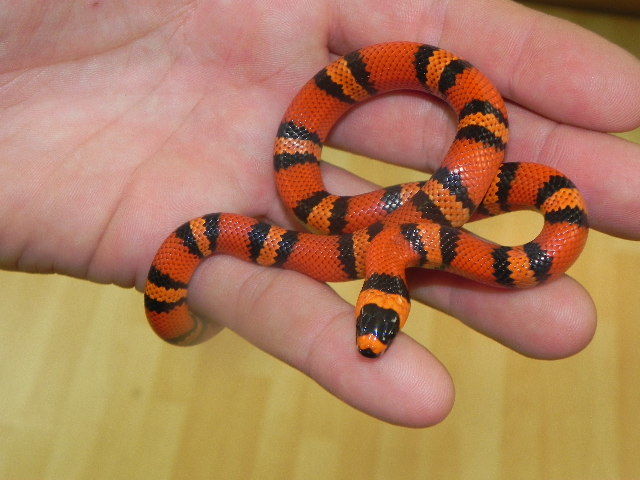

As with all reptiles, do NOT use cedar or pine shavings. Keep the substrate clean and dry at all times. Paper towels may be used for lining baby cages. Aspen bedding, newspaper, and Care Fresh are popular with many keepers. Substrate:Ī variety of substrates can be used. Hatchlings are sensitive to dehydration and do best in small ‘Critter Keeper’ cages or plastic shoe boxes. Caging:Īny ‘typical’ snake cage can be used, with a fifteen-gallon aquarium being adequate for an adult of all but the largest forms. Certain subspecies (usually the Central American forms) are known for being jumpy and nervous. Do not allow the snake to dangle unsupported. Handle gently, without pinching or squeezing, allowing the snake to move through your fingers.

Most Milksnakes rarely attempt to bite, although they may do so if restrained. Typically, the larger subspecies produce larger hatchlings. forms) up to six feet in the southern portions of the range. Typically from two to three feet in the northern portions of the range (including most U.S. Nelsoni (Nelson’s Milksnake), sinaloae (Sinaloan Milksnake) ,

taylori (Taylor’s or Utah Milksnake)Ĭurrently, all the previous subspecies have been lumped together under seven species. stuarti (Nicaraguan or Stuart’s Milksnake) oligozona (Pacific Central American Milksnake) Previously recognized subspecies include: Be sure to ask about the particular subspecies you are interested in. Size of adults, size of hatchlings, cage size, temperature, breeding, incubation temperatures, hibernation, and even size and type of meals, are all quite variable. The great variation among different subspecies may necessitate differing care requirements. Because of this large range and numerous habitat types, many subspecies are recognized, the status of these is the source of much debate amongst herpetologists. They are also found throughout Mexico, Central America and into extreme northwestern South America. The Milksnake ( formerly Lampropeltis triangulum ssp.) is found virtually throughout the eastern United States to just west of the Rocky Mountains. Milksnake Care Sheet Milksnake ( Lampropeltis triangulum ssp.) Native Range:


 0 kommentar(er)
0 kommentar(er)
